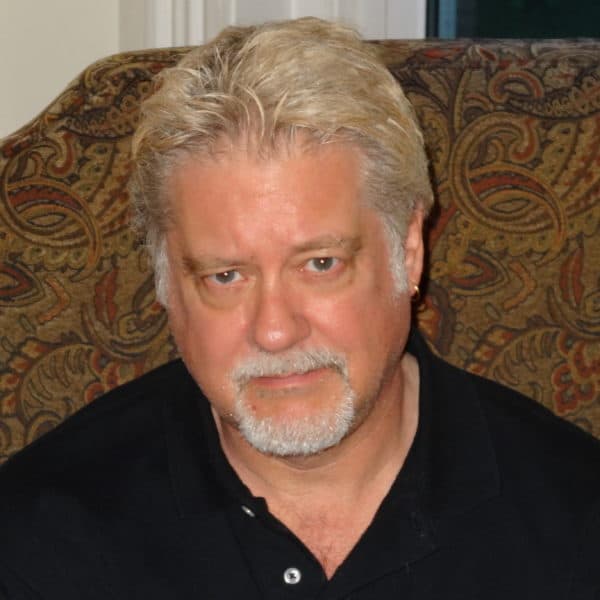Advertisement
Review
Roadrunner’s sound and sightlines make it an 'A grade' concert venue
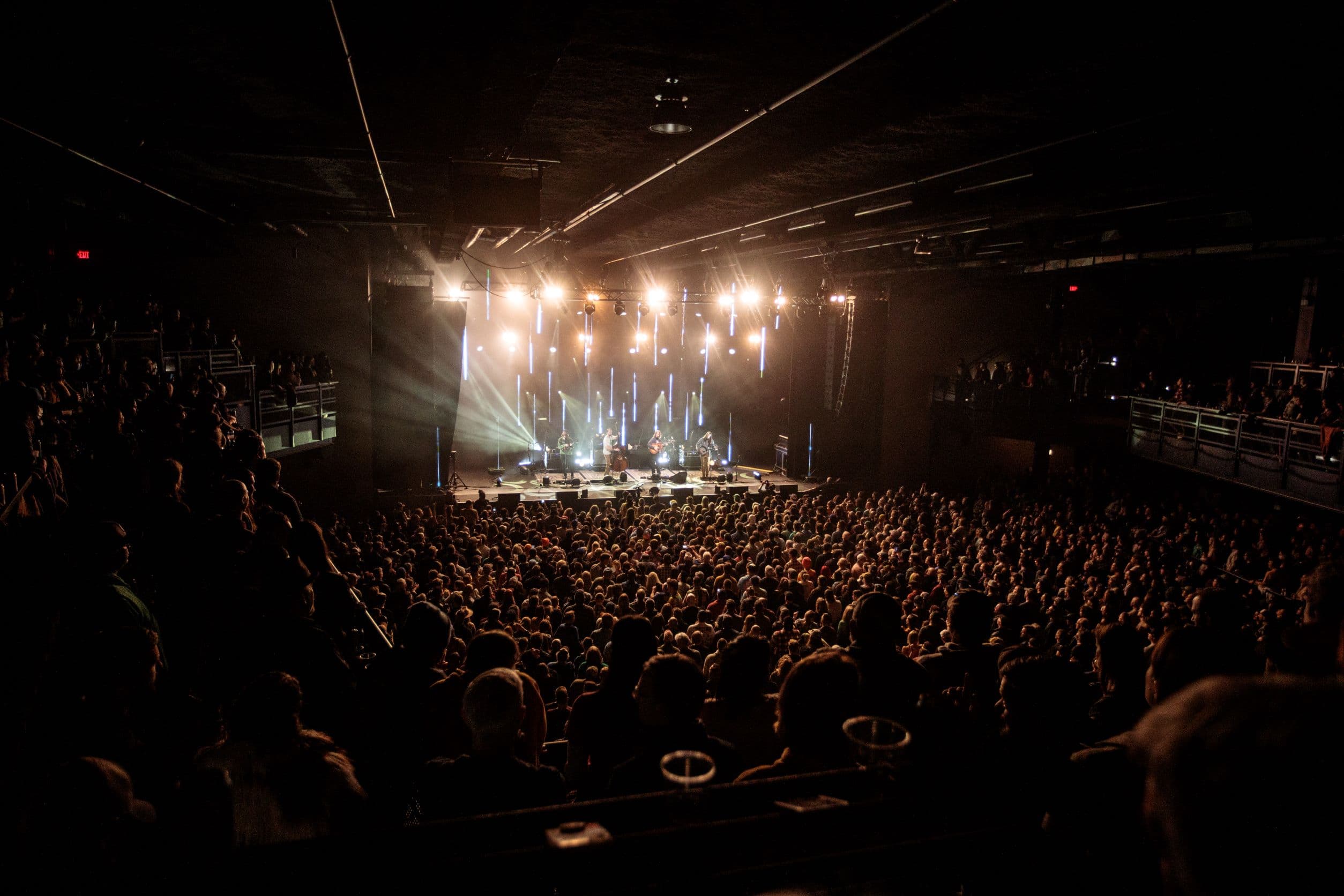
It’s the shiny new toy in the ever-expanding constellation of Boston rock clubs. The 3,500-capacity Roadrunner, which opened March 15, is located smack dab in the middle of the lower Allston renaissance and situated in a space originally conceived as a practice facility for the Boston Celtics, beneath New Balance’s track and field complex.
Roadrunner takes its name from the 1976 proto-punk song by Boston’s Modern Lovers. And how’s this for meta? In the song — about cruising in your car late at night in and around Boston — Jonathan Richman sings: “gonna drive past the Stop & Shop with the radio on.” This, you can do vis-à-vis Roadrunner if you approach from Everett Street — a large Stop & Shop is about a football field away. Inside the club, in the VIP lounge, a bright red neon sign reads: “I’m in love with Massachusetts,” a line from the song.
The club is booked and owned by Bowery Presents, whose partner and part-owner is concert promoting giant AEG, the prime rival to Live Nation.
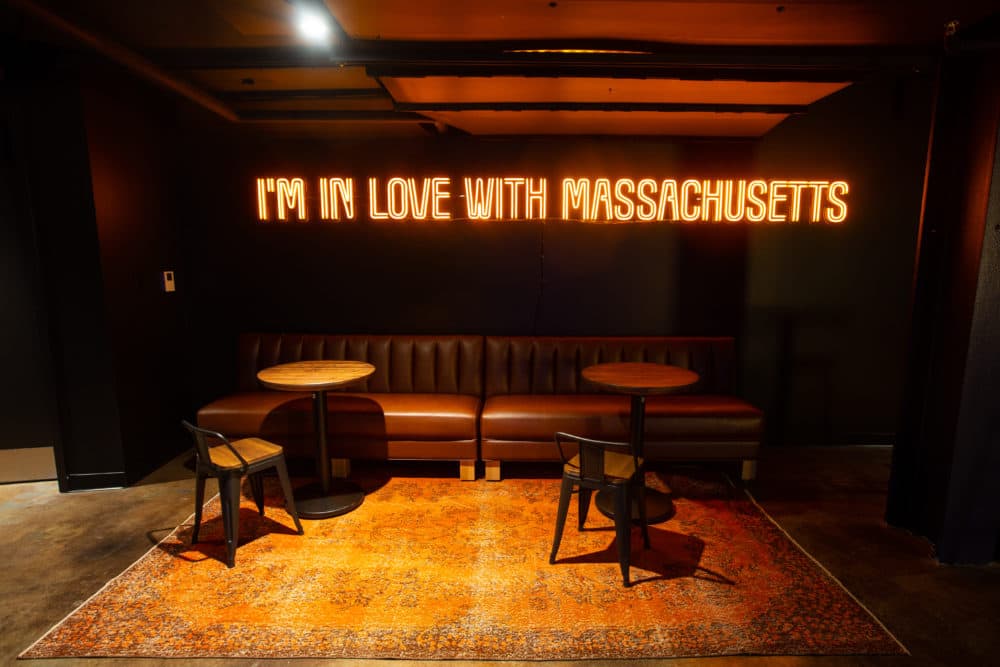
There were four shows in Roadrunner’s opening week. I caught two: Grammy-winning bluegrass guitarist Billy Strings and his band on opening night and perennial hometown faves, Celtic rockers Dropkick Murphys on March 20. Coincidentally, both bands had a lickety-split banjo player, but there was likely very little audience overlap: Neo-hippies (or old hippies) at the former and neo-punks (or old punks) at the latter. Both crowds, though, were boisterous and seemed at home in the new space, happy to be celebrating after the pandemic lockdown and multiple tour postponements.
The shows weren’t without hitches — Bowery Presents had a manic two days of training before the Strings gig — but in its first week of presenting shows, Roadrunner gets an A grade due to the two most important considerations: Sound and sightlines. The sound, both nights, was just-the-right-level loud, clear and well dispersed throughout the venue. The multitiered steps on the balcony, which can double as bleachers, as well as a raised perimeter around the floor allowed for mostly unobstructed views from anywhere. The club was designed by Stephen Martyak, who did a similar top job with the Sinclair in Harvard Square a decade back.
The infrastructure was in place, but there was extensive and rapid staff training, which also necessitated bringing additional bartenders over from the Sinclair.
“It’s state of the art, the sound, the stage, everything,” said Dropkicks Murphy singer-bandleader Ken Casey after their set. “And they’re very accommodating, making it great for the band. There’s a nice common area backstage outside the dressing rooms, and we play with bands we love,” which makes for easy mingling.
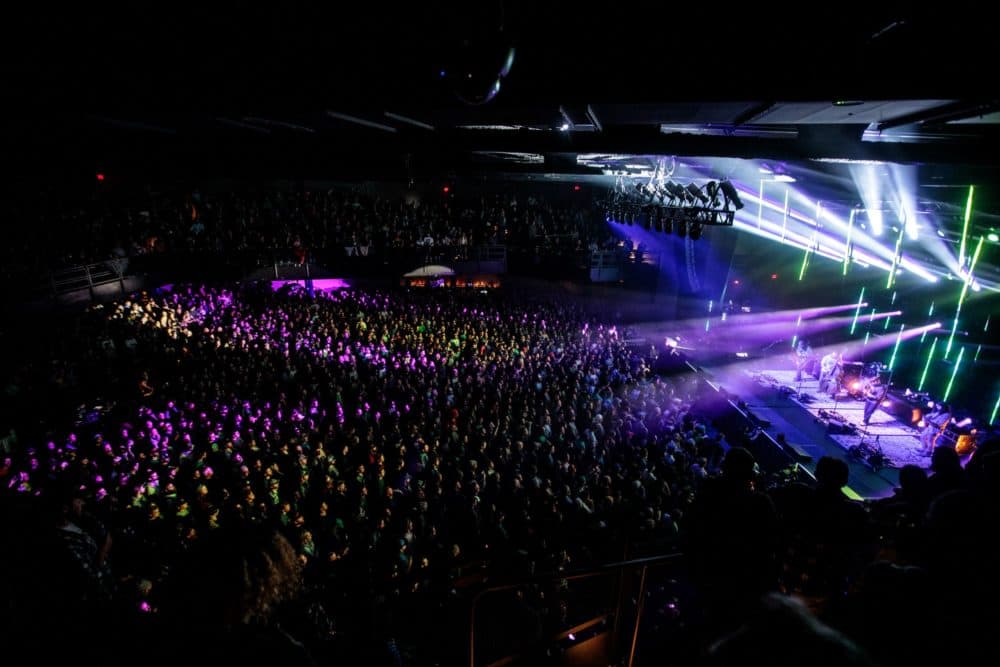
On opening night, there were a number of music business professionals in the audience and the reaction was a unanimous thumbs-up. “There is space to breathe, room to park and places to eat at nearby,” said Ralph Jaccodine, veteran artist manager and Berklee College of Music professor. “The addition of Roadrunner makes our scene more inviting for music fans, visitors and students. Getting music fans off their couches and supporting live music is the goal.”
“The vibe was pretty charged and people were excited to be in the new room,” said Adam Klein, after the Strings gig. Klein, the co-founder of the CK Communications Group, added, “This seemed like a special moment in time. I was very impressed with the sound of the room. I stood for a good amount of time in the balcony directly opposite the stage and found the sound to be pristine.”
Strings’ manager, Bill Orner, used a baseball analogy for a close play at the plate for the club’s public debut: “They slid into home with it. The design and layout took in different needs and it’s as intimate as it’s going to get with 3,500 people.”
Roadrunner, said Orner, is part of a wave of newly built, smartly designed, large clubs across the country, mentioning The Anthem in Washington, D.C., The Eastern in Atlanta and Mission Ballroom in Denver, the latter two AEG clubs.
Negotiating Roadrunner’s pathways on the various levels took some work, not a surprise in a new spot. As you sidestep through throngs of fans, you learn the lay of the land. Strings was sold-out and the Dropkicks drew about 2,500 — it was their fourth and final show of the week in Boston — and while the floor was tightly packed, you could find space upstairs or on the sides. And if you really wanted a respite, you could relax in the spacious lounge located behind the balcony’s back wall. You couldn’t see the band — save for the video screen — but the sound rang loud and clear.
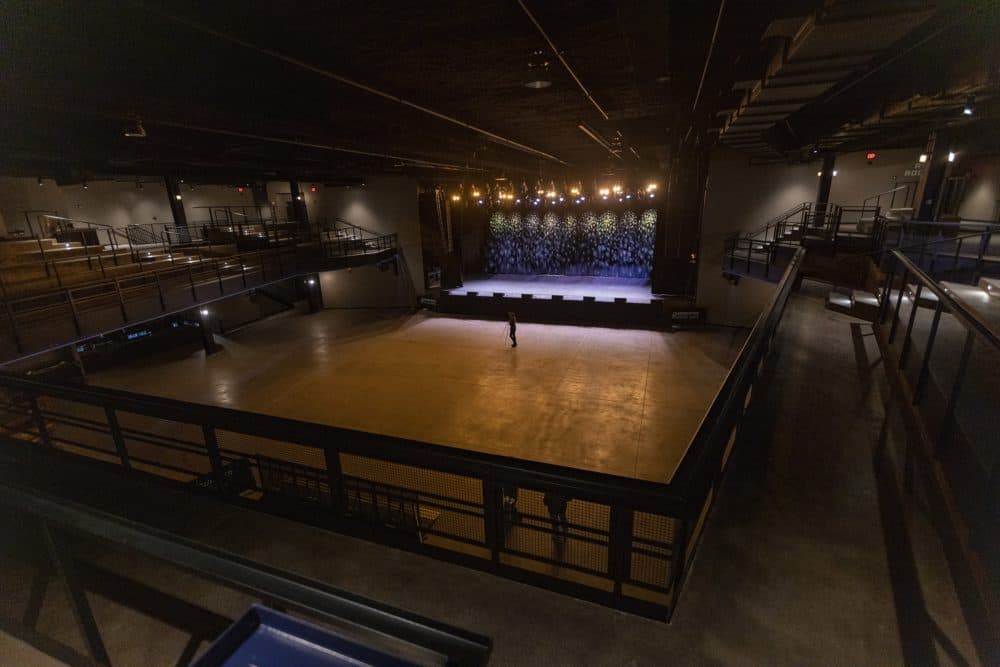
On a somewhat humorous or potentially embarrassing first night note, there is an open hallway on the balcony level with a large painting of a white toilet on the wall outside. Unisex restroom? No. It is a women’s restroom — turns out there is a very small plaque on another wall that is pretty much unreadable in the dark. The next restroom over had the toilet etching but also a urinal etching alongside it. A-ha. This would be the “men’s restroom,” which had a similar tiny plaque.
By the Dropkick Murphys show, larger orange signage had been placed outside both restrooms and there were sentries posted, too, in case anyone wasn’t quite sure which direction to go.
A parking tip: At the Strings show, the parking garage near the Stop & Shop lot was $10 (cheap). At Dropkick Murphys, another garage on Guest Street was charging $20 (better than downtown Boston event rates). Warning: Be wary of parking your car at the nearby free Stop & Shop lot. On Tuesday, there was a line of menacing tow trucks nearby, ready to pounce.
Roadrunner has a busy schedule ahead — LCD Soundsystem sets up shop April 3-6 - but if you don’t have tickets yet, you may have a wait to see the site. Mitski’s show on March 22, Bleachers two shows on the March 24 and 25, and Chelsea Cutler’s show on Saturday the 26 are all sold-out. (Roadrunner has added a second Cutler show on March 27.)
And while Roadrunner — the largest indoor general admission club in New England — is the new kid on the block, come September, it will have a formidable rival with Live Nation’s 5,000-capacity MGM Music Hall at Fenway. The Dropkicks’ Casey was given a private tour last week and was impressed. He said the design was similar to Roadrunner but will have general admission on the floor and multitiered, seated mezzanine and balcony sections.
Are there, or will there be, possibly too many of these mid-size venues in town? (There’s still the Orpheum Theatre, Wang Theatre and, in season, the Leader Bank Pavilion.) Right now, industry sources say no, that there is an ample supply of “content and demand,” to use a term of the biz. And what Roadrunner has to offer checks pretty much all the boxes to make it a viable and versatile spot to rock.
